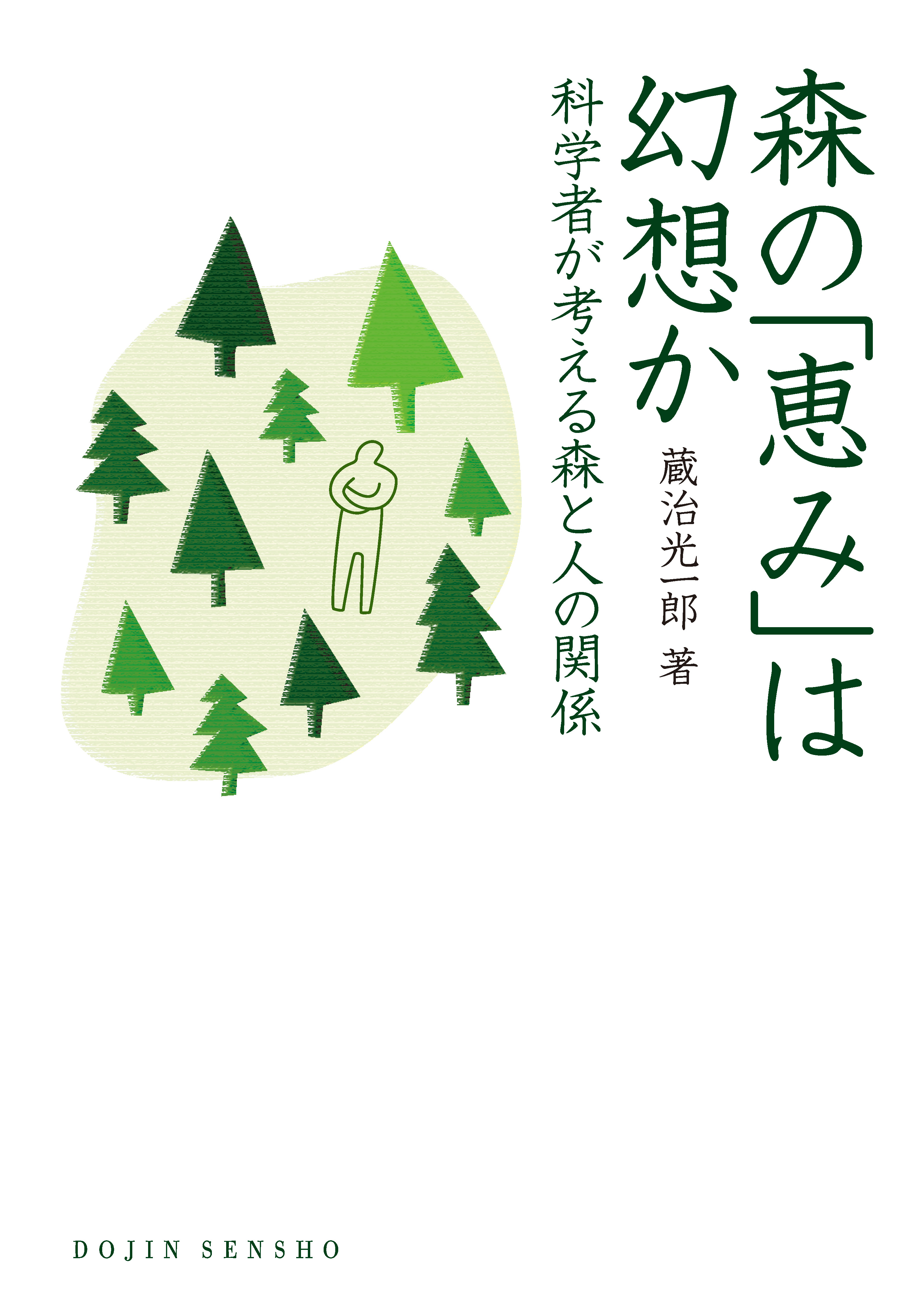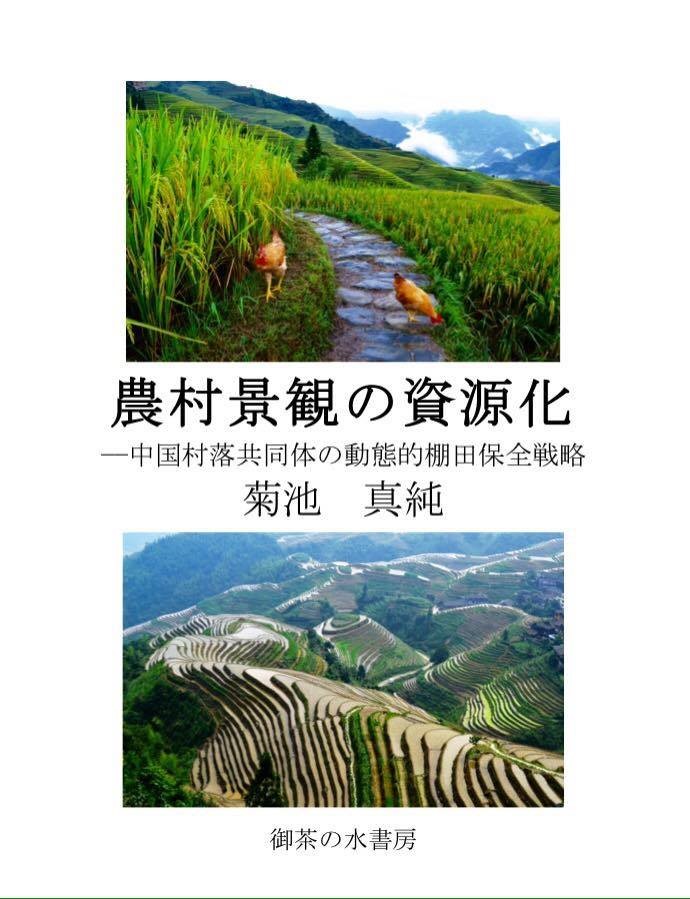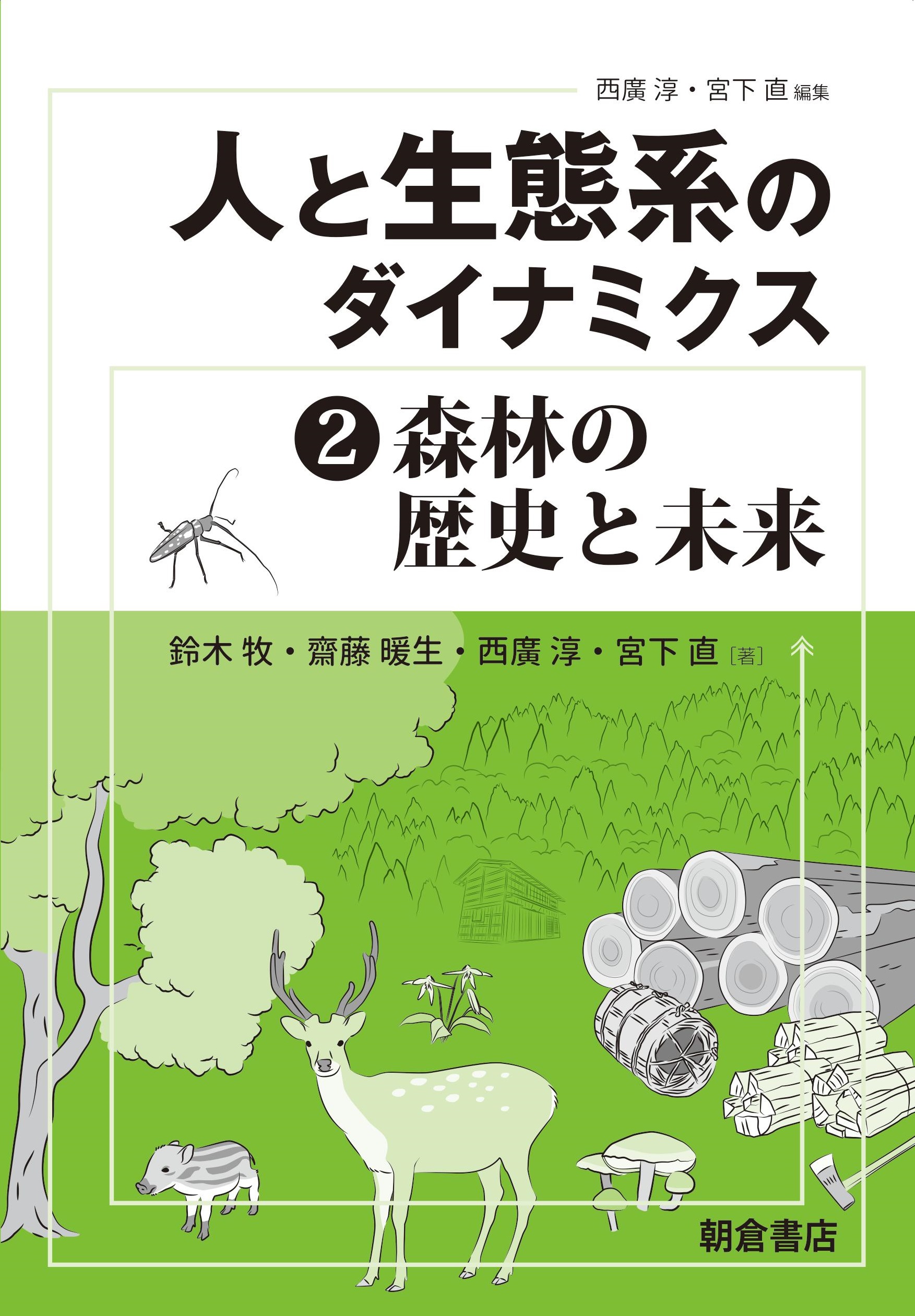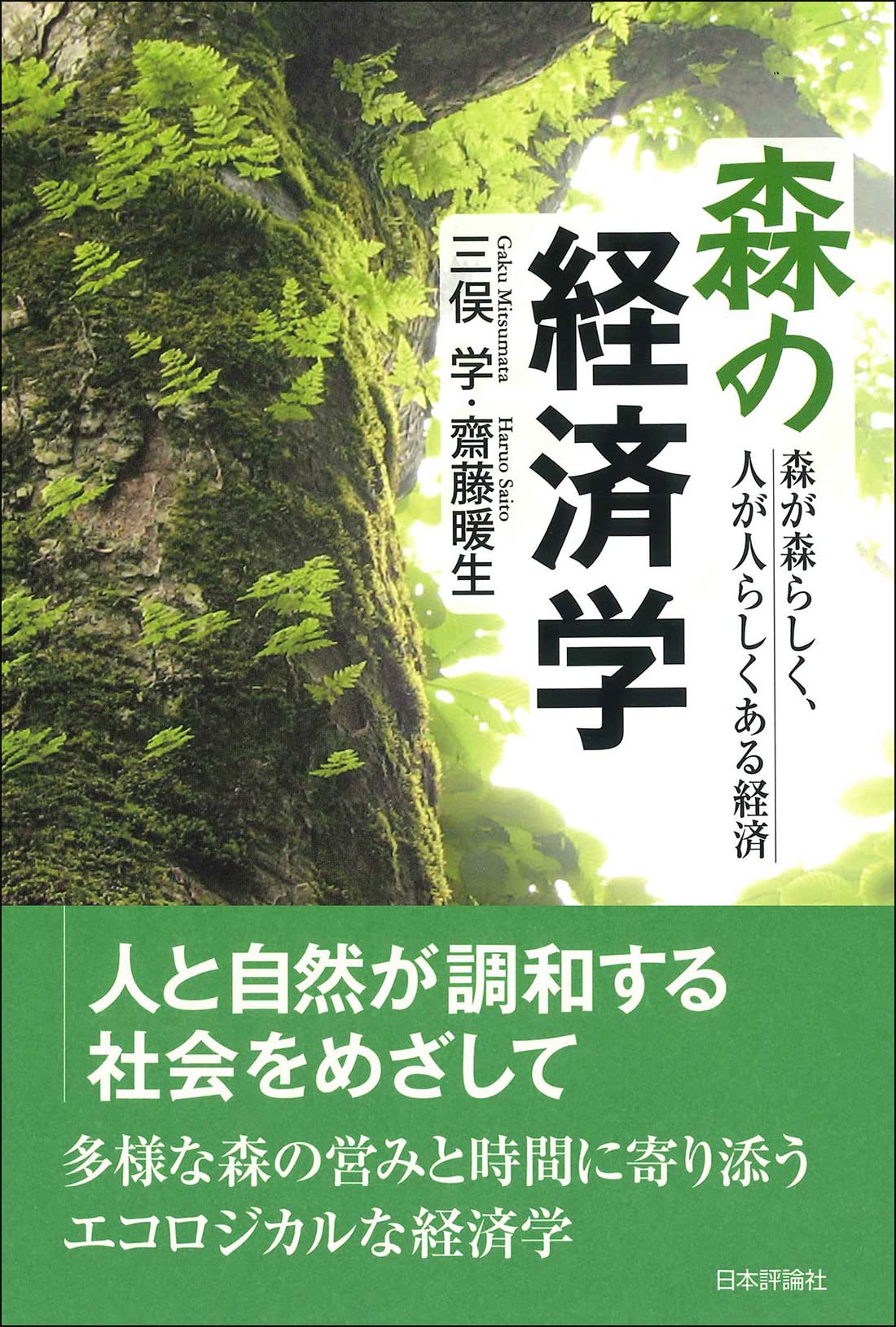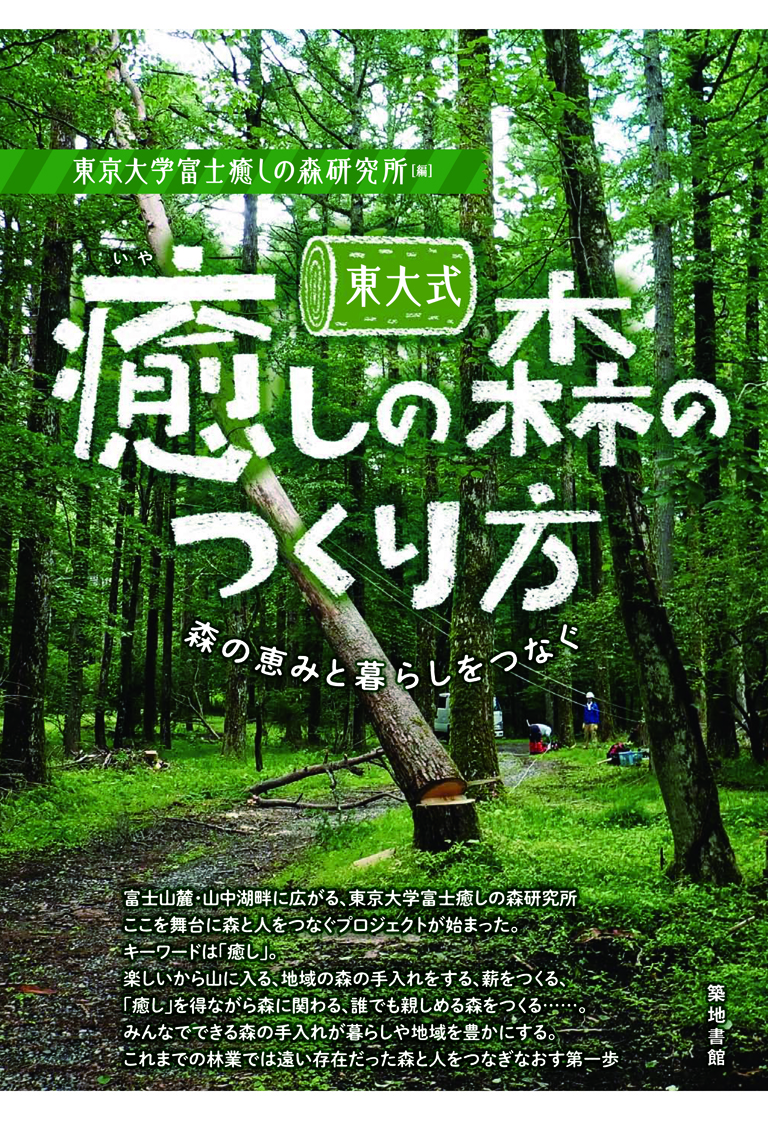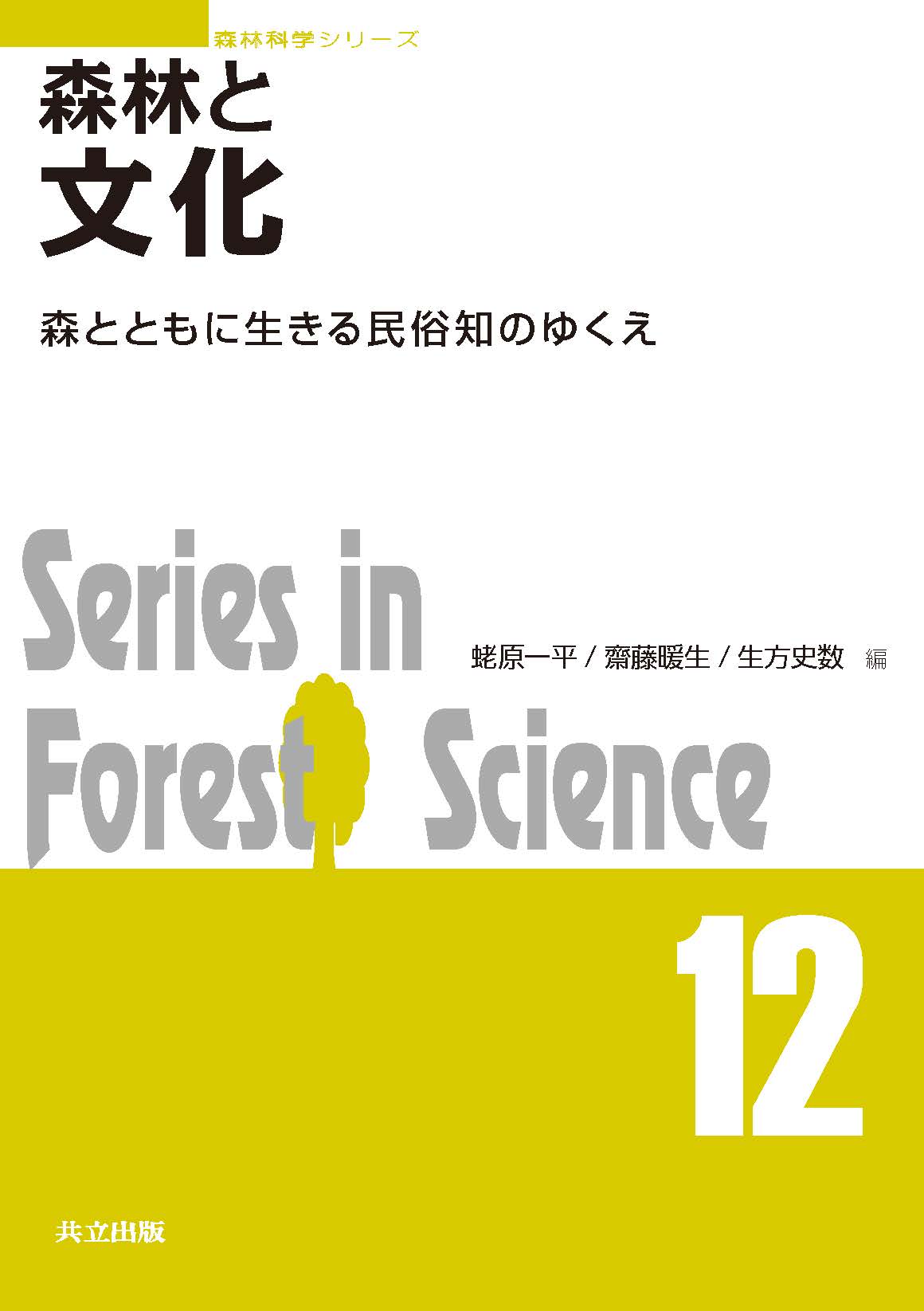
Title
Forest Science series vol.12 Shinrin to Bunka (Forest and Human Culture – The future of folk knowledge in changing human-forest interactions)
Size
306 pages, A5 format
Language
Japanese
Released
May, 2019
ISBN
978-4-320-05828-6
Published by
KYORITSU Shuppan
Book Info
See Book Availability at Library
Japanese Page
This book on forests and human culture was composed as part of the Forest Science Series. It may appear out of place to take up culture in the framework of forest science; however, if we consider science that tries to understand the states of forests as forest science, then human culture should be positioned as one of the fundamental viewpoints therein. This is because the current state of forests is mostly a result of the impact of human activity, and it is culture that sets out the basis of this human activity.
That being said, the definition of culture is unclear, and the way it is perceived may differ greatly from person to person. As such, this book is an attempt to understand culture as it relates to forests, with a focus on people’s knowledge. The knowledge that humans have produced includes aspects such as technology and what we, as academia, deal with every day, and it is stored in the form of books and data. However, there is also wisdom and craft handed down through experience and stories, without being formally stored. Perhaps, the knowledge of the people who live in forest (expressed as “folk knowledge” in this book) has the characteristics of the latter. If the former is “exterior” knowledge, the latter can be characterized as “interior” knowledge.
This interior knowledge has played a significant role for people living as one with the forest. For example, if it is discovered that a particular object is useful for living, a process for obtaining that object can be performed; at the same time, a custom to avoid taking excess of the object is also followed. Such customs refer to interior knowledge. However, this interior knowledge is now at a notable turning point. In many local societies, folk knowledge is branded as useless in the face of modern exterior knowledge, or it is disappearing alongside the declining activities in mountain villages. On the contrary, movements to discover the significance of this knowledge and apply it in the contexts of environmental conservation or regional development have come to the fore. In this book, researchers who have conducted fieldwork in forest areas ranging from cold regions to the tropics (including not just specialists in forest science but also in cultural anthropology and folklore) provide a detailed picture of folk knowledge about forests and discuss the currently occurring changes.
I hope that this book is widely read, not only by people trying to learn about forests and the natural environment but also by those engaged in science and scholarship. This is because I believe it offers an opportunity to introspect about the ideal state of knowledge in the world of science and scholarship that we occupy. In today’s society, wherein exterior knowledge has developed to an extreme, this book represents an opportunity to confirm the significance of the existence of interior knowledge. It would be a pleasure if this book is successful in its efforts on providing clues for thinking about the state of forests from the perspective of culture, the way human society relates to the natural environment, and the ideal form of knowledge in the human society.
(Written by SAITO Haruo, Assistant Professor, Graduate School of Agricultural and Life Sciences / 2019)



 Find a book
Find a book


